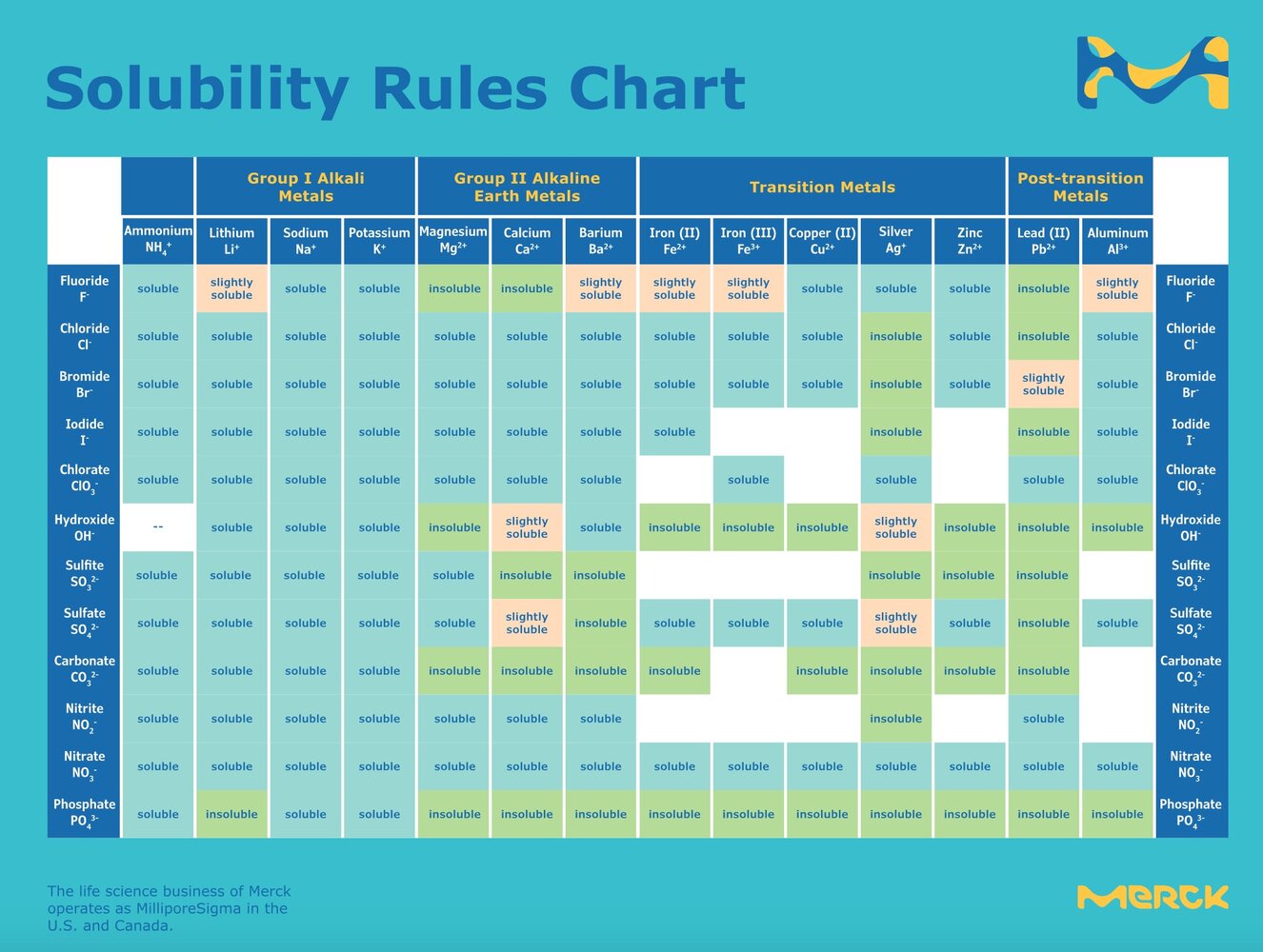Hello Hanuman and thank you very much for your reply.
I should have perhaps mentioned that this is my first planted tank, it's just over a year old, started with around 20 different plants and used Tropica Specialised Nutrition to grow them to maturity doing 2 water changes and light trimming per week. Everything was going really well but then had to go abroad for 6 weeks. In order to keep the fish/shrimp/snails alive I asked some mates to pop round once a week and drop a holiday pellet. I was really expecting to come back to an algae fest and see all the plants dead and the livestock severely reduced but to my amazement all the fish survived (and multiplied) and despite many plants dying quite a few survived and actually did really well considering they only had some CO2 but no fertilisers. Algae was also present but very limited. I then decided to restart feeding the fish on a daily basis but add no fertilisers in order to do no water changes and observe the results. Now 7 months later I decided to do a huge clean up, add some more plants, start adding fertilisers and obviously restart the water changes. I don't really want to wait months for the plants to grow hence why I thought full EI was the way forward.
So that I can get a better understanding, can I just ask why do you strongly advice to exclude calcium and magnesium from the macros?
I'm only looking to use full EI until my plants grow to a satisfactory level and will then experiment to find a lean dosing regime that will keep the plants going without the need for a lot of water changes (will also have a look at Darrel's Duckweed Index suggestion as I've never heard of it before).1. Do you have a compelling reason to use Full EI?
I should have perhaps mentioned that this is my first planted tank, it's just over a year old, started with around 20 different plants and used Tropica Specialised Nutrition to grow them to maturity doing 2 water changes and light trimming per week. Everything was going really well but then had to go abroad for 6 weeks. In order to keep the fish/shrimp/snails alive I asked some mates to pop round once a week and drop a holiday pellet. I was really expecting to come back to an algae fest and see all the plants dead and the livestock severely reduced but to my amazement all the fish survived (and multiplied) and despite many plants dying quite a few survived and actually did really well considering they only had some CO2 but no fertilisers. Algae was also present but very limited. I then decided to restart feeding the fish on a daily basis but add no fertilisers in order to do no water changes and observe the results. Now 7 months later I decided to do a huge clean up, add some more plants, start adding fertilisers and obviously restart the water changes. I don't really want to wait months for the plants to grow hence why I thought full EI was the way forward.
3. I would strongly recommend you do not integrate your calcium and magnesium targets in your macro fertilizer. Instead target them in your remineralisation scheme. At the very least calcium shoud definatly not be part of your macros. Mg could but it's best in my experience to do the same as with Ca. Dry dose them to your tank on WC day or pre-mix them in the water you will be adding to your tank on WC day.
So that I can get a better understanding, can I just ask why do you strongly advice to exclude calcium and magnesium from the macros?






